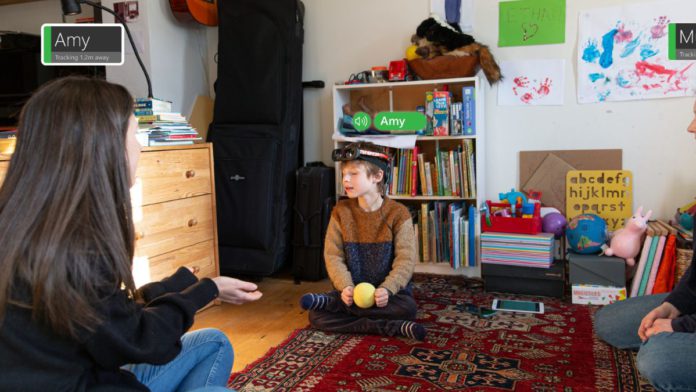Microsoft has announced PeopleLens, a computer vision system that uses machine learning techniques to assist blind people interact with their social surroundings. The project aims to increase the independence and social engagement of people with visual impairments.
A group of engineers and computer scientists from Microsoft spent two years creating PeopleLens. The goal was to develop a machine learning system that would recognise individuals and things in images to aid blind people in navigating their social environments.
The group made use of a dataset of pictures that were labeled with the presence of persons and objects. They next trained a computer vision model that could recognise these labels in fresh photos using deep learning algorithms.
Read More: How Students Can Make The Best Use Of Technology To Enhance Learning Capacities
Two components make up the PeopleLens platform: a wearable gadget and a cloud-based service. The device takes pictures of its surroundings and uploads them to a cloud-based service where machine learning algorithms process them.
Following the utilization of this data, descriptions of the immediate surroundings are generated and delivered back to the wearable device. Additionally, the system has the ability to recognise various items in a scene, such a chair or a table. The blind person is subsequently given this information in Braille or audio form.
The fact that PeopleLens is an open-ended AI system is also advantageous. This indicates that it has a wide range of applications. Additionally, it is frequently updated with new and enhanced features. Additionally, this technology might contribute to the development of more accessible buildings, goods, and surroundings.


